Chapel of São Pedro de Balsemão
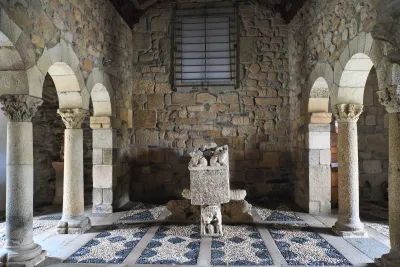
Despite the relatively recent Baroque styling of the facade the Chapel of São Pedro de Balsemão is in fact one of the most ancient churches in Portugal. The site possibly dates back to the 7th century when it may have been used as a sanctuary by the Visigoths.
It is actually more likely the chapel started out in the 9th or 10th century as the reconquests gained traction. Whilst the The layout is believed to remain as it was, what we see today is very much a mixture of styles and influences from the intervening centuries.
Mosteiro de São João de Tarouca
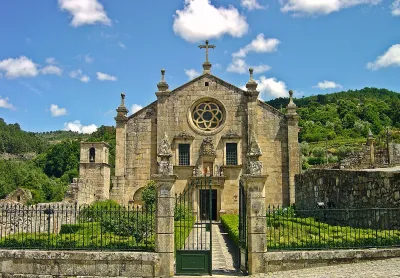
With construction beginning in 1154 this was the first Cistercian monastery to be built in Portugal. As with most sites of such antiquity there are a mix of architectural styles reflecting development over the centuries; from Romanesque through to Baroque.
Sé de Lamego
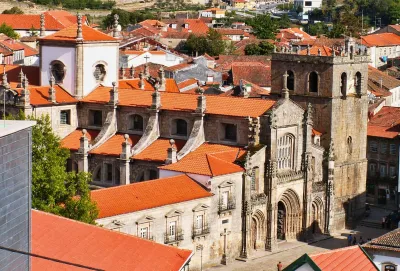
The fine cathedral in Lamego is a mix of Gothic and Renaissance architecture dating back a far as the 12th century. This makes the Sé de Lamego the oldest cathedral in all of Portugal, although the only surviving feature from this time is the Romanesque base of the bell tower.
Dedicated to Our Lady of the Assumption (Sé Catedral de Nossa Senhora da Assunção) Lameg Cathedral was built on the site of an older chapel and consecrated in 1175.
Convento de Santa Clara-a-Velha
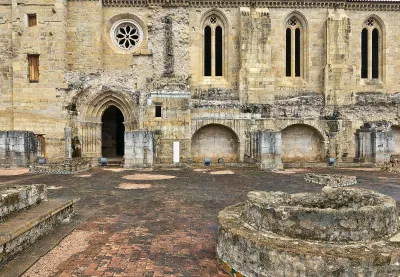
Founded in 1314 by Queen Isabel (Elizabeth of Aragon), the Gothic Convento de Santa Clara was built close to the banks of the River Mondego, across from Coimbra. Isabel was the wife of king D. Dinis and it is said she was most generous and sympathetic towards the poor. In fact the story goes that the king had to reign in Queen Isabel's spending.
Sé Nova
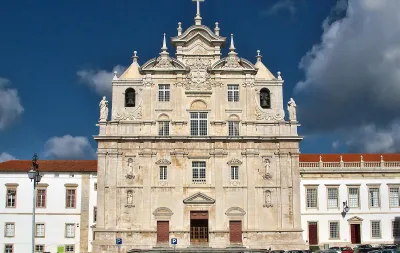
Sé Nova means new cathedral, but this is only relatively speaking. The cathedral building dates back to the late 16th century and was built by the Jesuit Order. However, in 1759 were banned from operating in Portugal by then prime-minister, the Marquis de Pombal.
With this spacious, modern church now vacant it was decided in 1772 that the episcopal seat be transferred from the old Romanesque cathedral to here. Henceforth this was referred to as the Sé Nova (New Cathedral) and the older church the Sé Velha (Old Cathedral).
Sé Velha
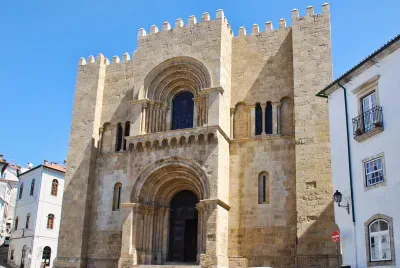
The Sé Velha (Old Cathedral) of Coimbra is said to be the finest example of Romanesque architecture to be found in Portugal. Dating back to the beginning of the 12th century it was built as a statement of the new nation's triumph over the Moors at the Battle of Ourique. Unlike many of Portugal's grand early buildings much of the original Romanesque design remains intact, although there are many subsequent embellishments.
Igreja de Santa Cruz

The Monastery or Church of Santa Cruz in Coimbra is rich in both architecture and history. Founded in 1131 by the canons of St Augustine the current building dates back to the 16th century and is a rich example of early Manueline styling.
Convento de São Bernardo

One of Portalegre's fabled seven convents, the Convento de São Bernardo is without doubt one of the loveliest buildings in the city. The convent features a mish-mash of architectural styles ranging from 16th century Manueline and Renaissance to 18th century Baroque.
Consecrated in 1572 the convent was built to house "maidens without dowry" who would serve as nuns.
Sé de Portalegre
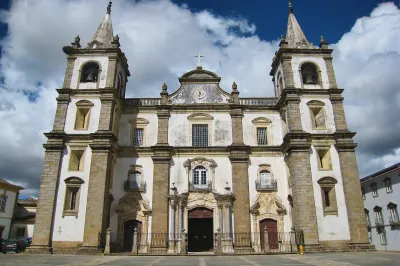
One of the first things you will see as you approach the small Alentejo city of Portalegre are the bell towers of the cathedral (Sé). Set on what is probably the highest point in the town it is visible from far and wide.
Igreja de Santa Clara
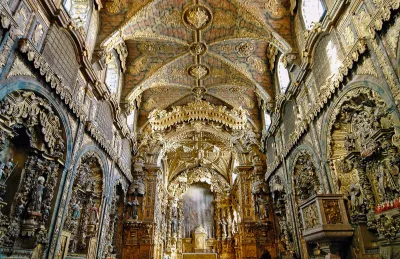
Porto's Igreja de Santa Clara is a fine example of my favourite kind of historic Catholic church; these are the one that are fairly austere and humble on the outside, but when you pass through the doorway you are almost overwhelmed by the opulent decor.